Presidential History
George M. Gage, 1868-1872
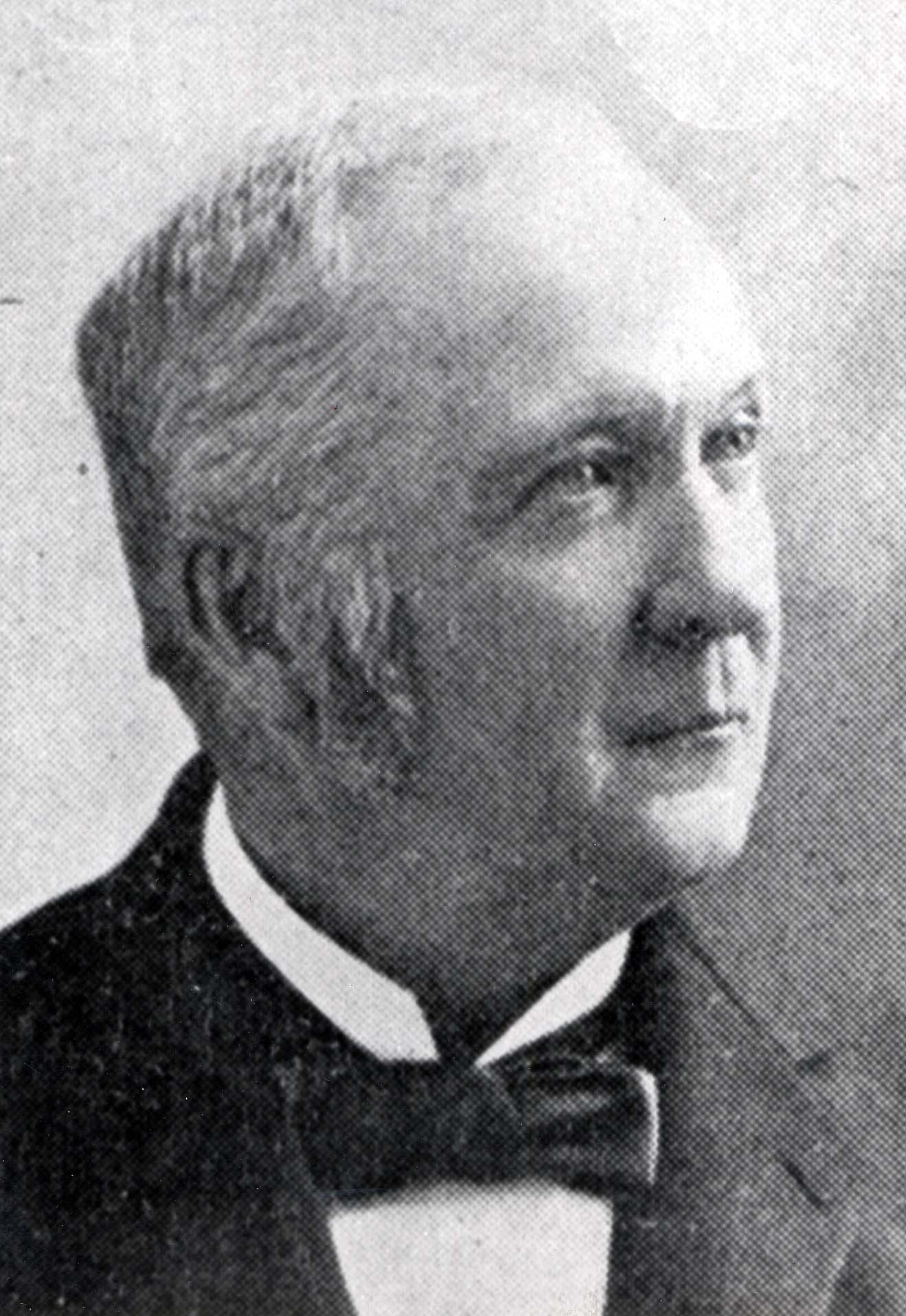 George M. Gage came from Farmington Normal School in Maine to be the first Principal of the Mankato State Normal School. Gage was known for opening the Mankato State Normal School, development and teaching of its early curriculum and the building of the Normal School building.
George M. Gage came from Farmington Normal School in Maine to be the first Principal of the Mankato State Normal School. Gage was known for opening the Mankato State Normal School, development and teaching of its early curriculum and the building of the Normal School building.
Julia A. Sears, 1872-1873
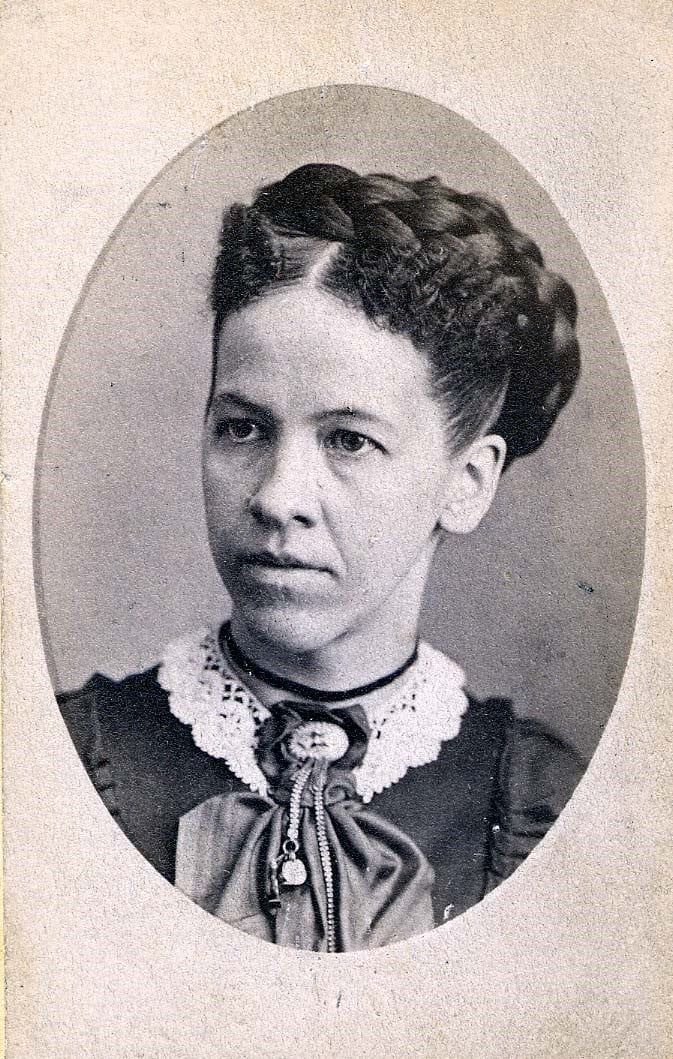 Julia A. Sears taught at the Mankato State Normal School for a year before being selected as its second Principal in 1872. Principal Sears was the first woman to lead a normal school in Minnesota. She served in that role for one year. Her non-renewal inspired student and community protests. During her time as Principal, Sears focused on enrollment growth.
Julia A. Sears taught at the Mankato State Normal School for a year before being selected as its second Principal in 1872. Principal Sears was the first woman to lead a normal school in Minnesota. She served in that role for one year. Her non-renewal inspired student and community protests. During her time as Principal, Sears focused on enrollment growth.
David Clarke John, 1873-1880
 David Clarke John, a Methodist minister, worked in education in Pennsylvania before serving as Principal of the Mankato State Normal School. John’s principalship was focused on dealing with the threat of closure of the Normal school, improvements to the building, and developing campus policies. Under his leadership, the first annual catalog of courses was published. He left the Mankato State Normal School to become President of Hamline University in St. Paul, Minnesota.
David Clarke John, a Methodist minister, worked in education in Pennsylvania before serving as Principal of the Mankato State Normal School. John’s principalship was focused on dealing with the threat of closure of the Normal school, improvements to the building, and developing campus policies. Under his leadership, the first annual catalog of courses was published. He left the Mankato State Normal School to become President of Hamline University in St. Paul, Minnesota.
Edward F. Searing, 1880-1898
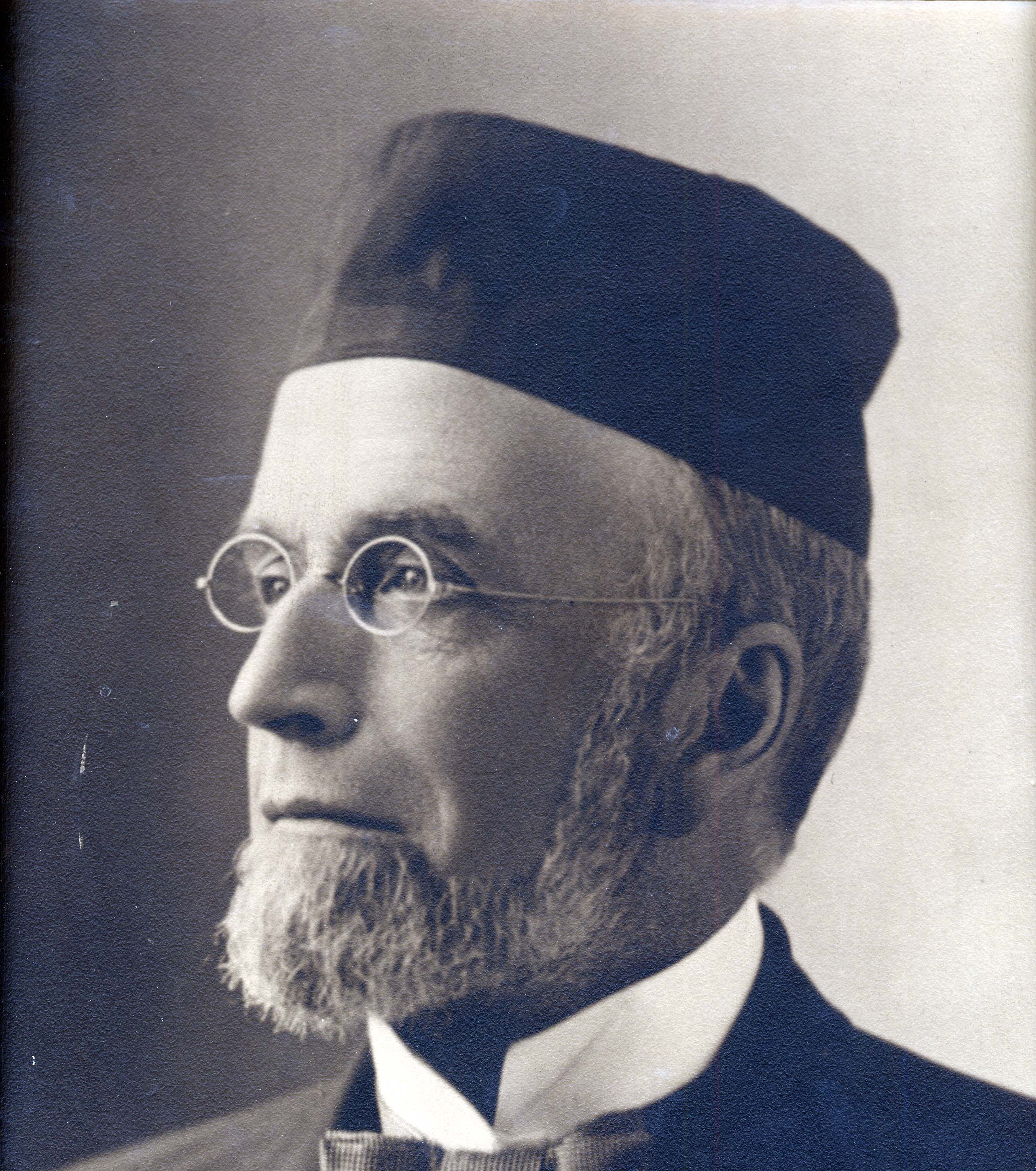 Edward Searing was a Latin scholar with both teaching and administrative experience in Wisconsin before he was hired at Mankato State Normal School. He was the school's first head to be called president. During Searing's 19 years, enrollment grew, and the school first offered degrees above the high school level. Improvements were made to the Normal School building, including improved ventilation and electricity, and two wings were added to the building in 1894. Student activities developed during this time including the publishing of the first student publication, The Student, in 1888.
Edward Searing was a Latin scholar with both teaching and administrative experience in Wisconsin before he was hired at Mankato State Normal School. He was the school's first head to be called president. During Searing's 19 years, enrollment grew, and the school first offered degrees above the high school level. Improvements were made to the Normal School building, including improved ventilation and electricity, and two wings were added to the building in 1894. Student activities developed during this time including the publishing of the first student publication, The Student, in 1888.
Charles H. Cooper, 1899-1930
 President Cooper was a strong advocate for improved facilities to meet the education needs of students. During Cooper's term a Practice School/Gymnasium addition was added to the Normal School building followed by the first two dormitories in 1913 and 1921. A fire demolished the Normal School building in February 1922, but a new building was quickly constructed, which opened in 1924.
President Cooper was a strong advocate for improved facilities to meet the education needs of students. During Cooper's term a Practice School/Gymnasium addition was added to the Normal School building followed by the first two dormitories in 1913 and 1921. A fire demolished the Normal School building in February 1922, but a new building was quickly constructed, which opened in 1924.
In 1921 the name of the school was changed to Mankato State Teachers College to reflect the evolution of public education teacher certification standards. The first four-year bachelor’s degree (Bachelor of Education) was awarded in 1927.
Frank D. McElroy, 1930-1946
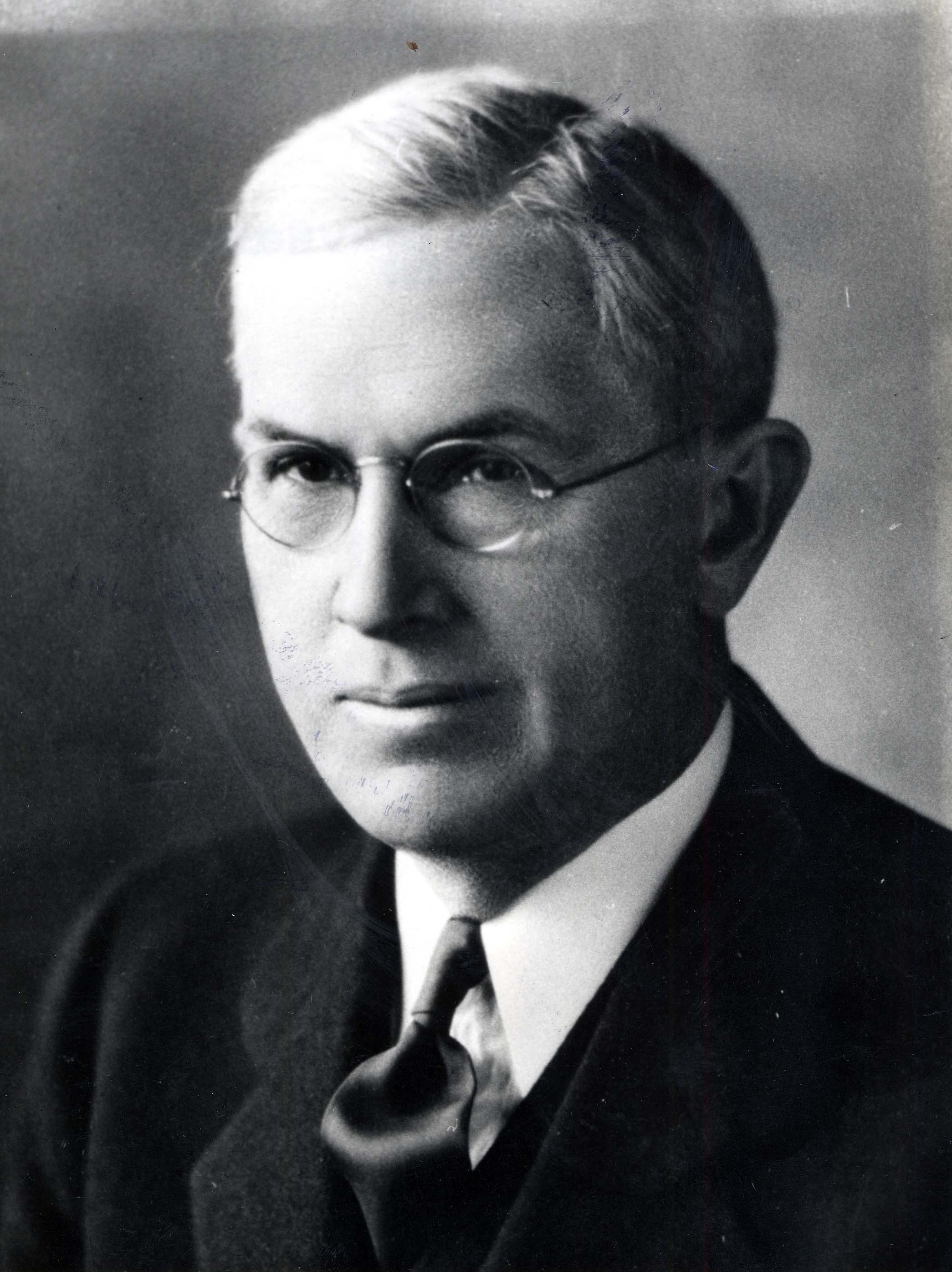 Frank D. McElroy was the first president to hold a Ph.D. degree. Because of the Great Depression, tuition was charged for the first time in 1933, replacing a pledge to teach in exchange for free tuition. Under his leadership, athletic facilities expanded, which coincided with increased men’s intercollegiate and women’s intramural sports. The athletic field was built in 1933 and in 1940 the Valley Physical Education building was opened for use. The first four-year Bachelor of Science degrees were awarded in 1939.
Frank D. McElroy was the first president to hold a Ph.D. degree. Because of the Great Depression, tuition was charged for the first time in 1933, replacing a pledge to teach in exchange for free tuition. Under his leadership, athletic facilities expanded, which coincided with increased men’s intercollegiate and women’s intramural sports. The athletic field was built in 1933 and in 1940 the Valley Physical Education building was opened for use. The first four-year Bachelor of Science degrees were awarded in 1939.
Despite decreased enrollment due to World War II, McElroy was able to increase faculty size and hire professors with improved academic training. He also supplemented the curricular offerings at the Teachers College with the development of extension courses and implementation of the Civilian Pilot Training Program.
Clarence L. Crawford, 1946-1965
 President Crawford led the college in a time of significant change. Student enrollment grew with the end of World War II and the G.I. Bill. Academic programs expanded with the awarding of the first Bachelor of Arts degree in 1947 and the first Master of Science degree in 1954. In 1957, the Teachers College became Mankato State College.
President Crawford led the college in a time of significant change. Student enrollment grew with the end of World War II and the G.I. Bill. Academic programs expanded with the awarding of the first Bachelor of Arts degree in 1947 and the first Master of Science degree in 1954. In 1957, the Teachers College became Mankato State College.
Crawford also oversaw the expansion from the original campus to two campuses, one downtown (Valley Campus) and one on the hilltop (Highland Campus). This expansion also meant new construction. New buildings built during Dr. Crawford’s presidency include: Searing Center, Nichols Hall, Crawford Center, Wilson Campus School (now Wiecking Center), Highland Arena, Nelson Hall, Blakeslee Stadium, Armstrong Hall, and Gage Center.
Melvin G. Scarlett, 1965-1966
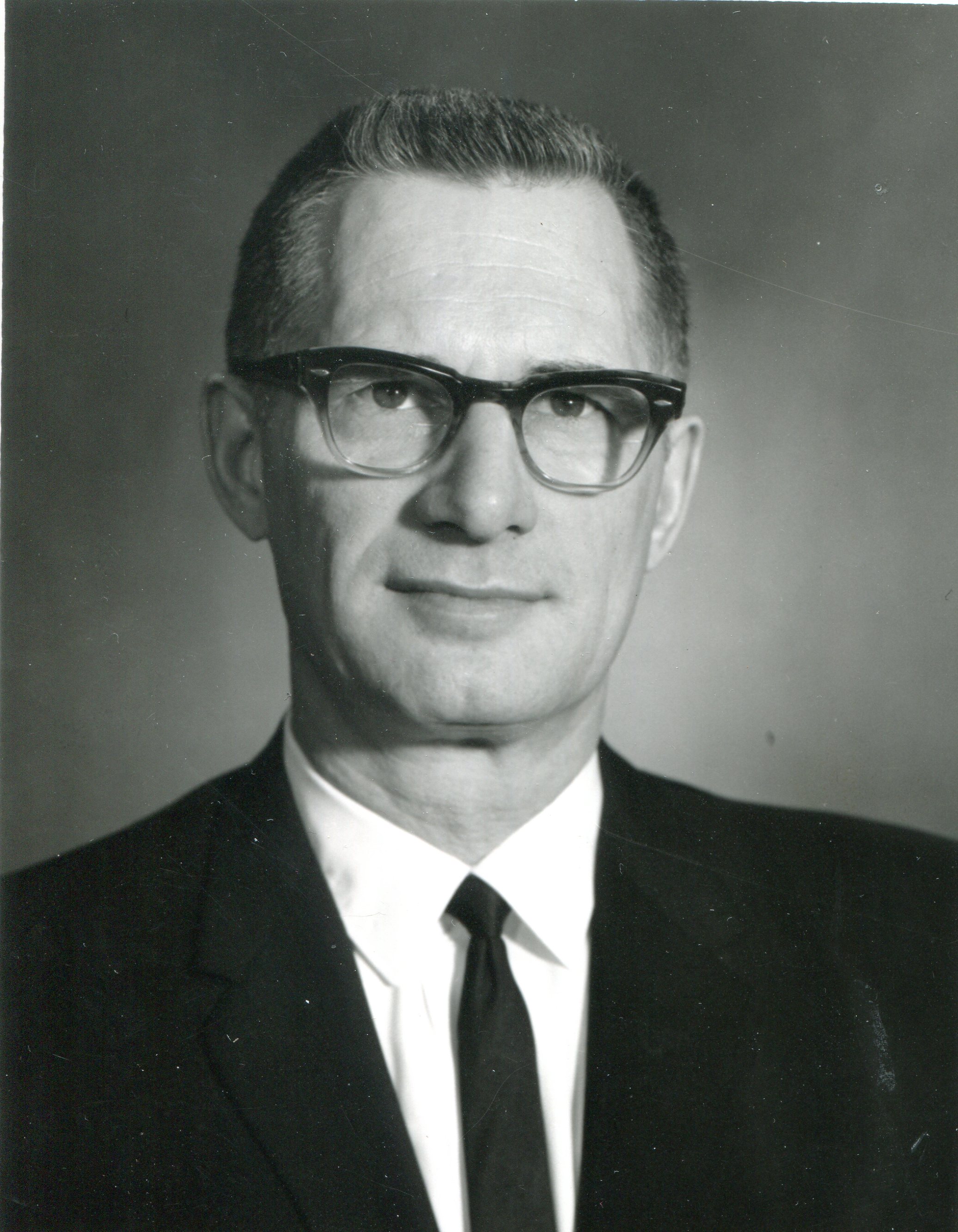 Melvin G. Scarlett was acting president from 1965-1966.
Melvin G. Scarlett was acting president from 1965-1966.
James F. Nickerson, 1966-1973
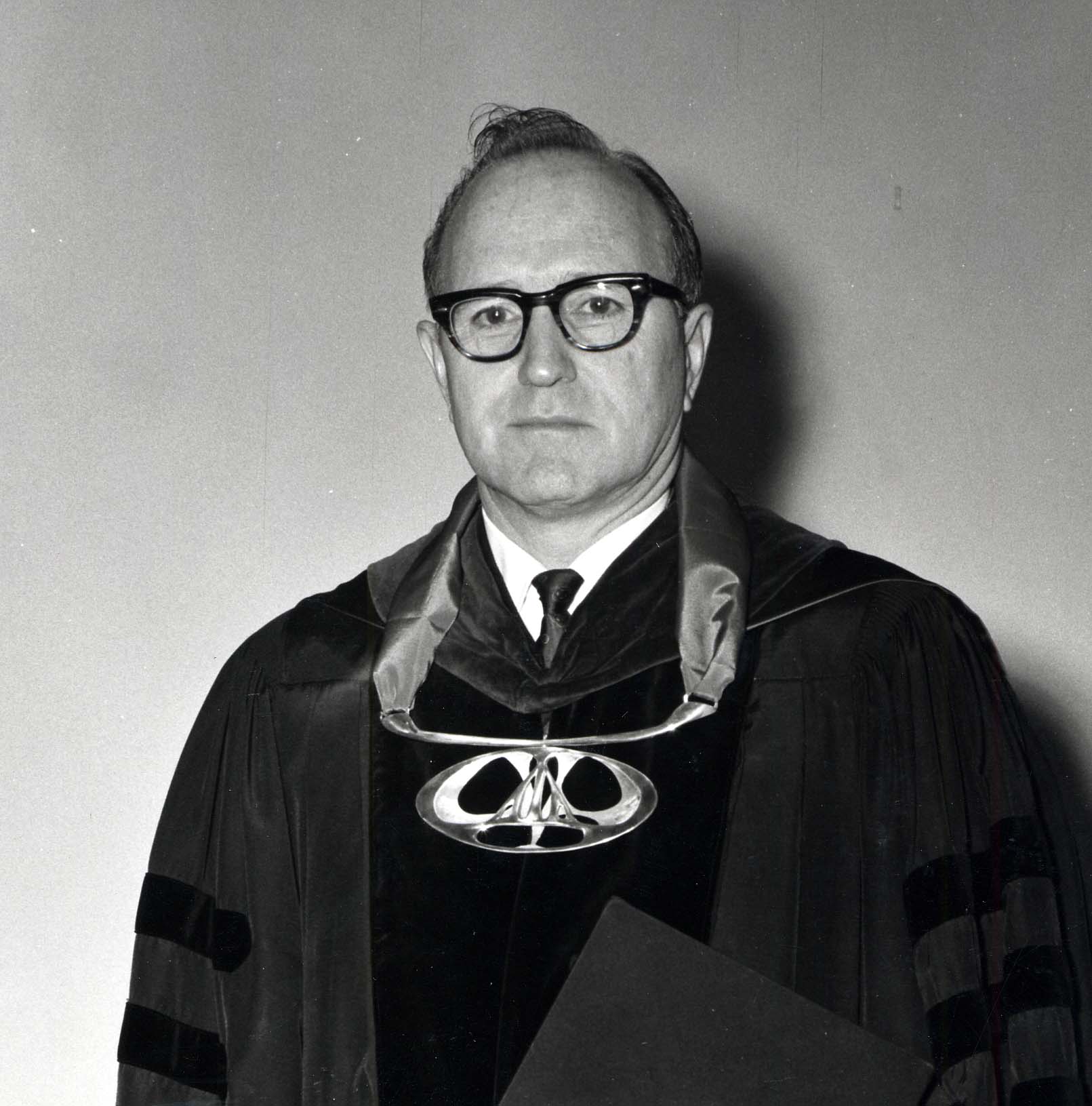 Dr. Nickerson's administration was known for awarding of the first specialist degrees and continued Highland campus expansion, which included: Gage Center B, Performing Arts Center, Morris Hall, Memorial Library, Centennial Student Union, Trafton Science Center and the campus mall. President Nickerson led the campus through the turbulent times of anti-Vietnam War era student protests and unrest in the late 1960s and early 1970s.
Dr. Nickerson's administration was known for awarding of the first specialist degrees and continued Highland campus expansion, which included: Gage Center B, Performing Arts Center, Morris Hall, Memorial Library, Centennial Student Union, Trafton Science Center and the campus mall. President Nickerson led the campus through the turbulent times of anti-Vietnam War era student protests and unrest in the late 1960s and early 1970s.
Kent Alm, 1973-1974
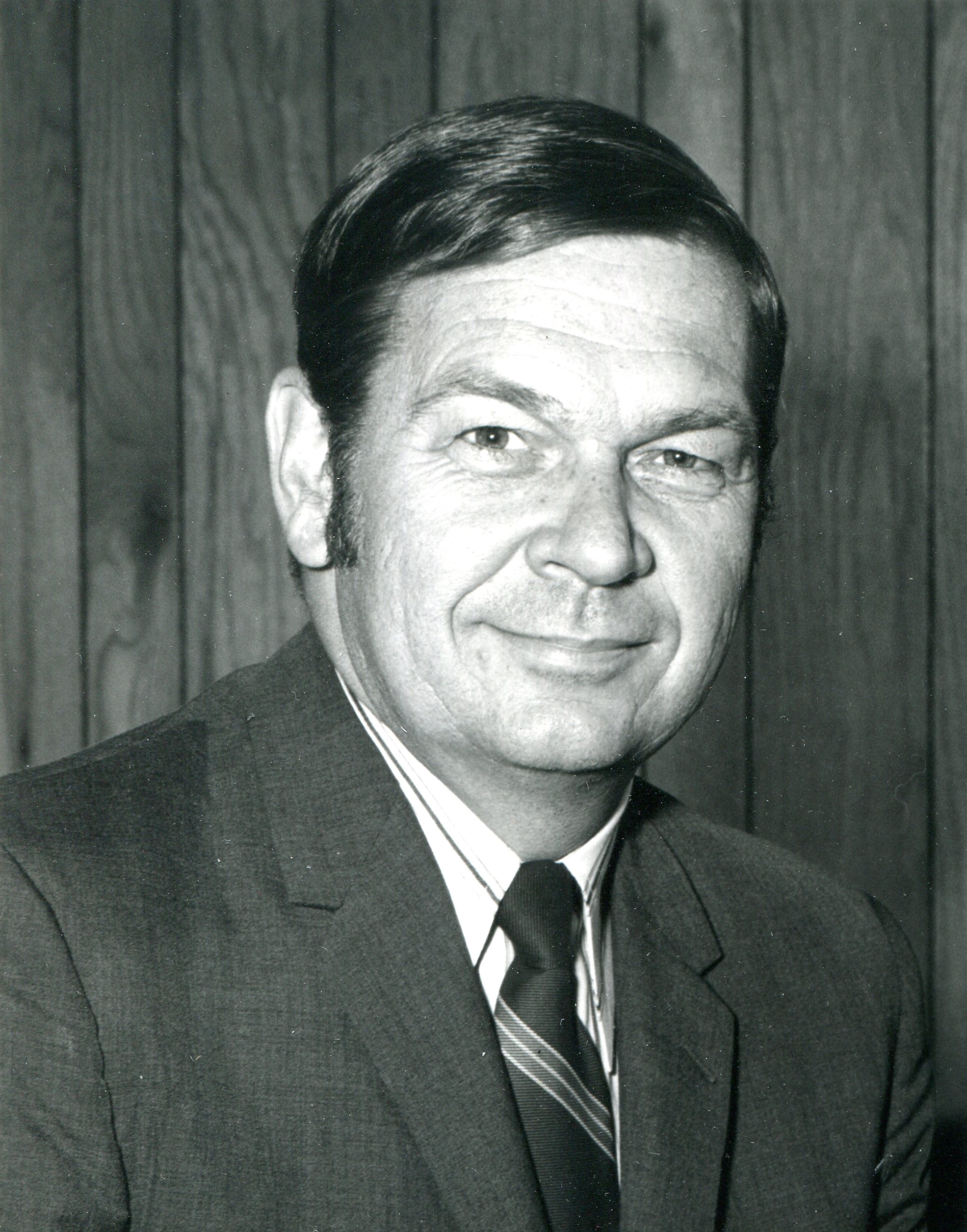 Kent Alm was acting president from 1973-1974.
Kent Alm was acting president from 1973-1974.
Douglas R. Moore, 1974-1978
 Dr. Douglas R. Moore was named president in March 1974. The college became Mankato State University in 1975, which led to a reorganization of the administrative and academic units. The Valley and Highland campuses were consolidated into today’s campus during Moore’s four years at Mankato State. This effort resulted in additions to Morris Hall, Highland Arena, Nelson Hall and a new administration building. President Moore also oversaw the process of selecting the University mascot, the Maverick, in 1977.
Dr. Douglas R. Moore was named president in March 1974. The college became Mankato State University in 1975, which led to a reorganization of the administrative and academic units. The Valley and Highland campuses were consolidated into today’s campus during Moore’s four years at Mankato State. This effort resulted in additions to Morris Hall, Highland Arena, Nelson Hall and a new administration building. President Moore also oversaw the process of selecting the University mascot, the Maverick, in 1977.
Edward McMahon, 1978-1979
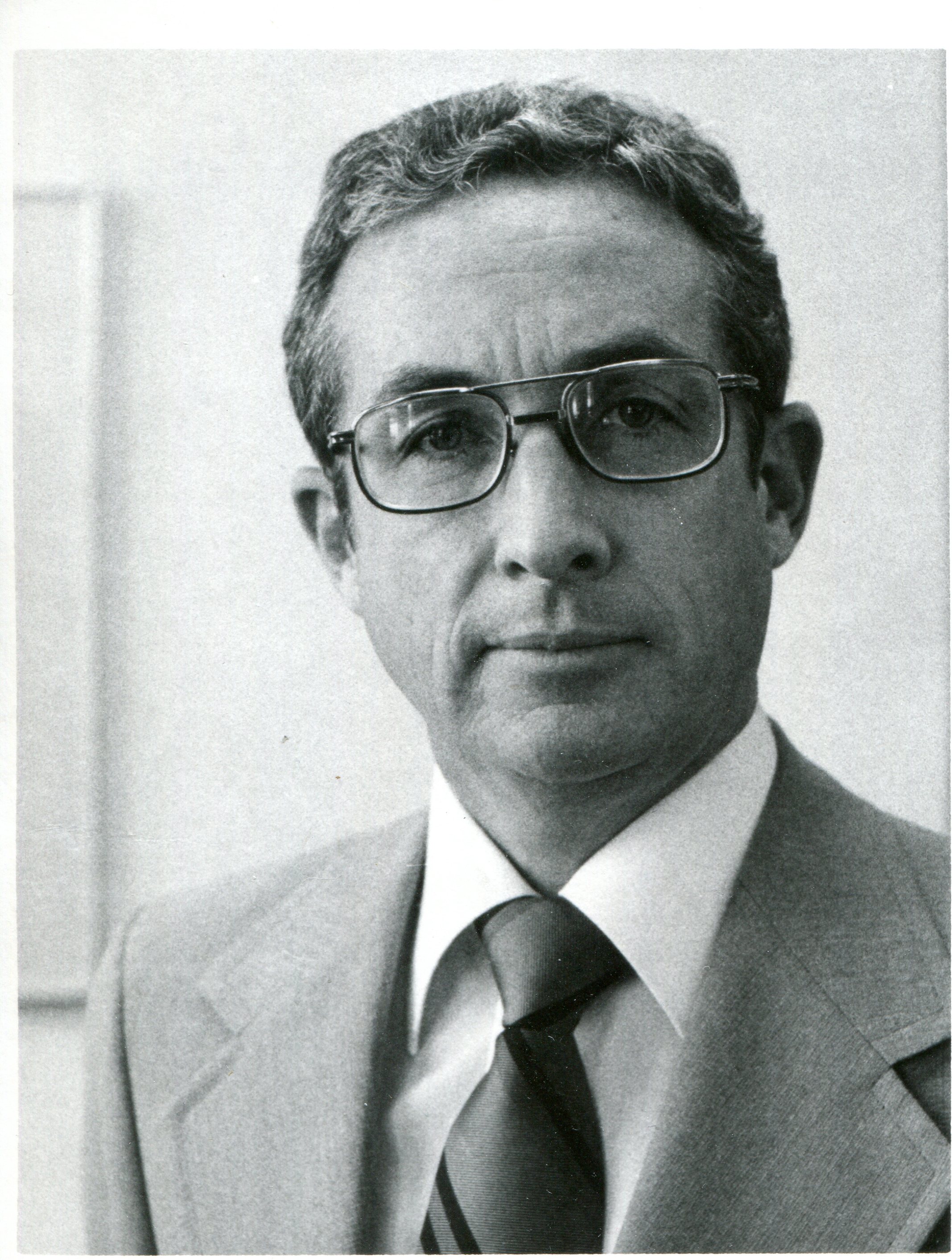 Edward McMahon was acting president from 1978-1979.
Edward McMahon was acting president from 1978-1979.
Margaret Robinson Preska, 1979-1992
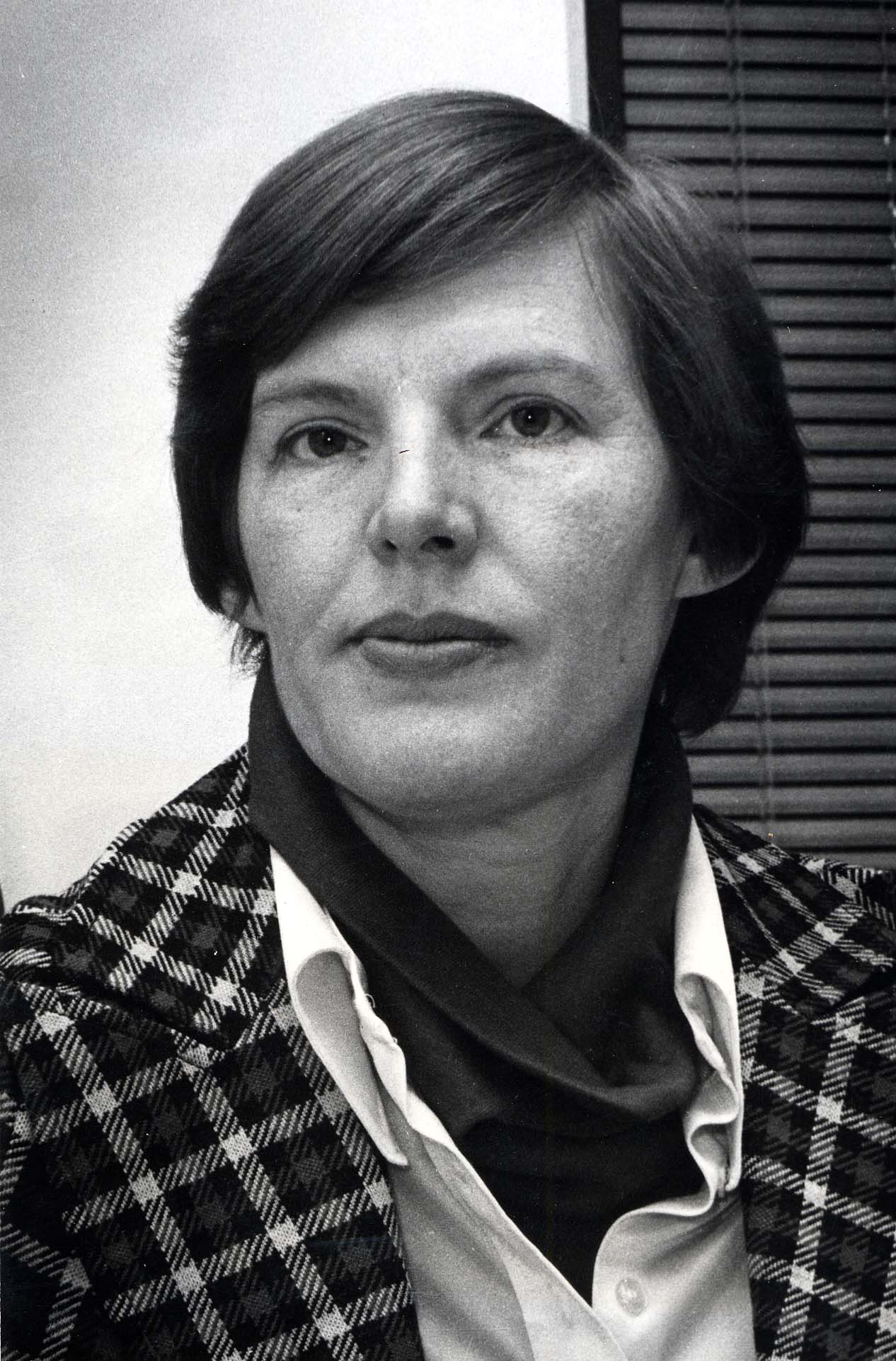 In 1979, Dr. Margaret R. Preska began serving as the first woman President of Mankato State University. Her tenure at Mankato State included an increase in enrollment, including increased numbers of international students, and innovations, such as Friday/Saturday College and academic program expansion. The campus saw considerable new construction, including the Ostrander-Student Memorial Bell Tower, Alumni Foundation Building, Andreas and Standeford observatories, Wissink Hall, Pennington Building and the Memorial Library addition.
In 1979, Dr. Margaret R. Preska began serving as the first woman President of Mankato State University. Her tenure at Mankato State included an increase in enrollment, including increased numbers of international students, and innovations, such as Friday/Saturday College and academic program expansion. The campus saw considerable new construction, including the Ostrander-Student Memorial Bell Tower, Alumni Foundation Building, Andreas and Standeford observatories, Wissink Hall, Pennington Building and the Memorial Library addition.
John B. Davis, Jr., 1992
 John B. Davis, Jr., was acting president during 1992.
John B. Davis, Jr., was acting president during 1992.
Richard R. Rush, 1992-2001
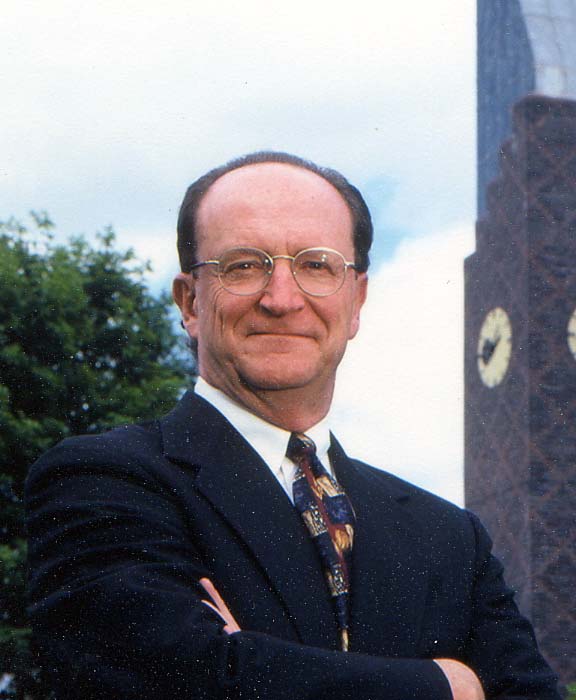 Dr. Richard R. Rush’s administration focused on the student experience and led to the development of Learning Communities, First Year Experience, Maverick Hall and the full-tuition Presidential Scholars program. To reflect the growing mission and expanded programming, he guided a renaming process leading to the current name: Minnesota State University, Mankato.
Dr. Richard R. Rush’s administration focused on the student experience and led to the development of Learning Communities, First Year Experience, Maverick Hall and the full-tuition Presidential Scholars program. To reflect the growing mission and expanded programming, he guided a renaming process leading to the current name: Minnesota State University, Mankato.
Rush partnered with the Alumni Foundation to increase focus on external fundraising to support buildings and programs and raised more than $38 million. He worked to elevate the hockey programs to Division I, receiving NCAA approval and admission into the Western Collegiate Hockey Association. During his tenure, the Andreas Theatre and Taylor Center were constructed, and the Myers Fieldhouse and Centennial Student Union were renovated.
Karen Boubel, 2001-2002
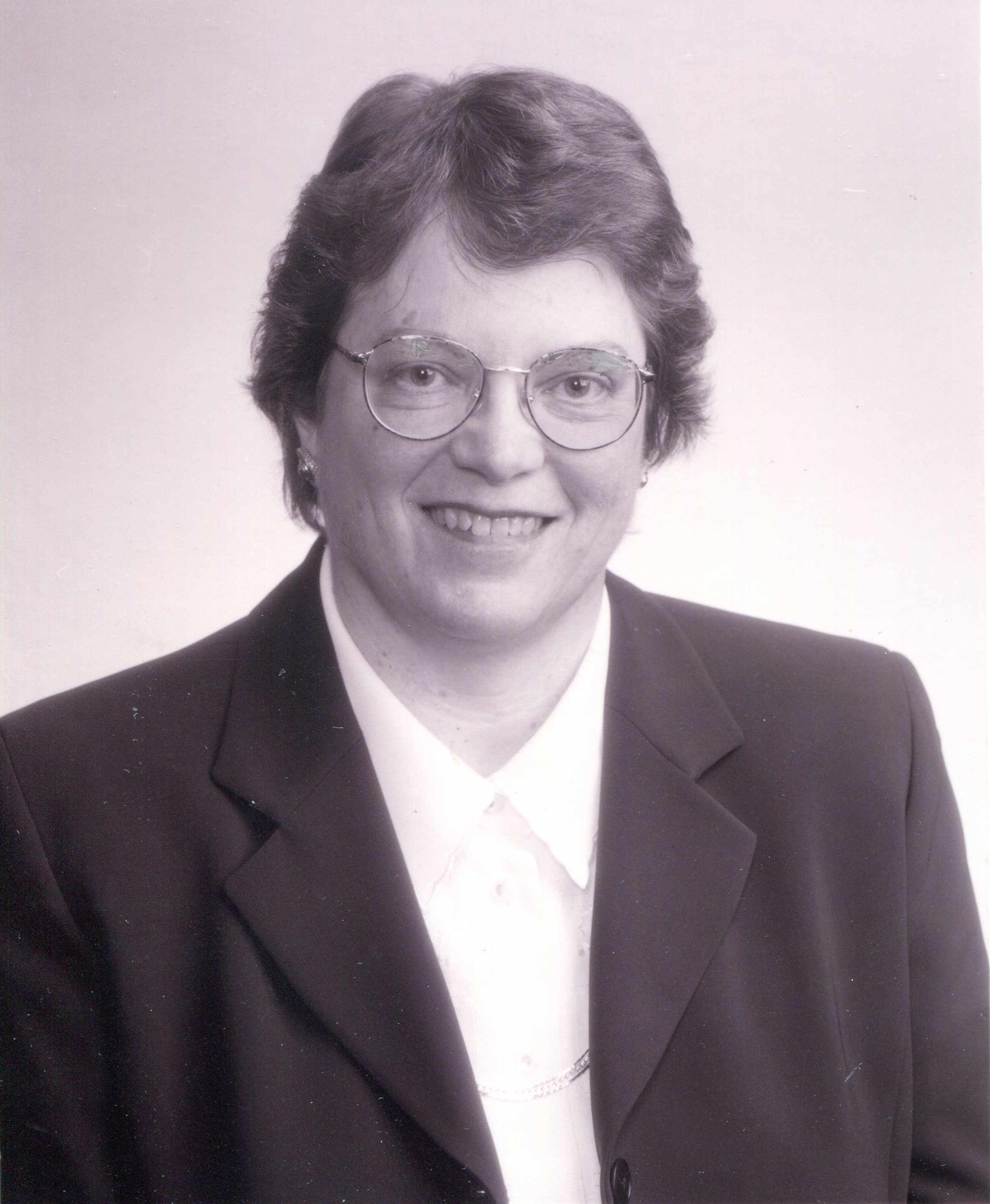 Karen Boubel was Interim President from 2001- 2002.
Karen Boubel was Interim President from 2001- 2002.
Richard Davenport, 2002-2021
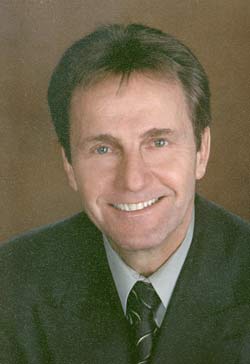 Dr. Richard Davenport expanded several initiatives to enhance the university environment, including A Great Place to Work, President’s Commission on the Status of Women and President’s Commission on Diversity. The University landscape saw significant change during his administration, including the construction of: Julia Sears Residence Community, Margaret Preska Residence Community, Ford Hall, University Dining Hall and the Clinical Sciences Building. Under his leadership the University saw increased international student enrollment, expanded online and extended education programs and began offering applied doctoral degrees in education, nursing, and psychology.
Dr. Richard Davenport expanded several initiatives to enhance the university environment, including A Great Place to Work, President’s Commission on the Status of Women and President’s Commission on Diversity. The University landscape saw significant change during his administration, including the construction of: Julia Sears Residence Community, Margaret Preska Residence Community, Ford Hall, University Dining Hall and the Clinical Sciences Building. Under his leadership the University saw increased international student enrollment, expanded online and extended education programs and began offering applied doctoral degrees in education, nursing, and psychology.

